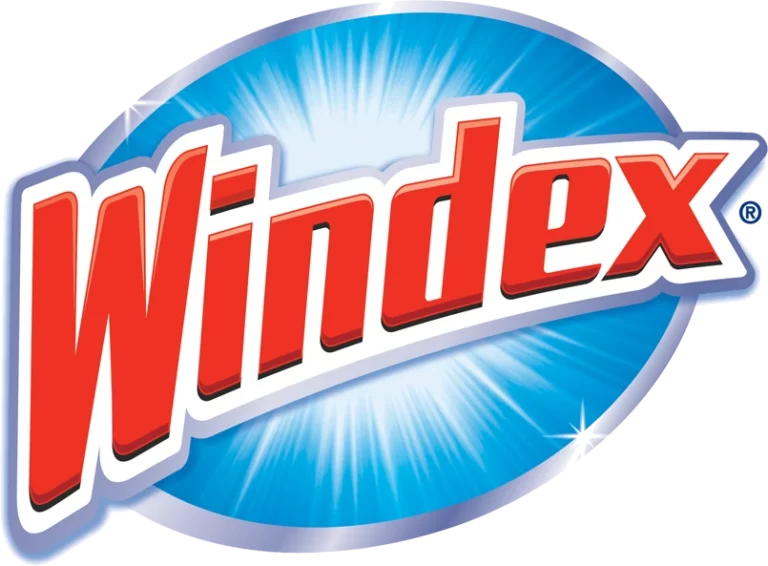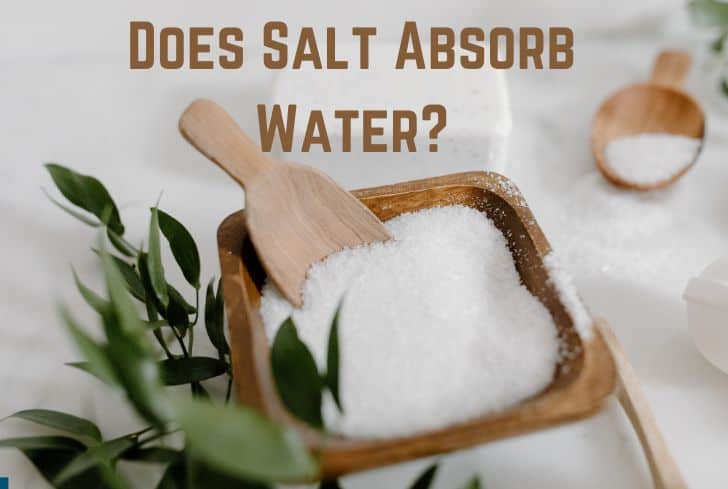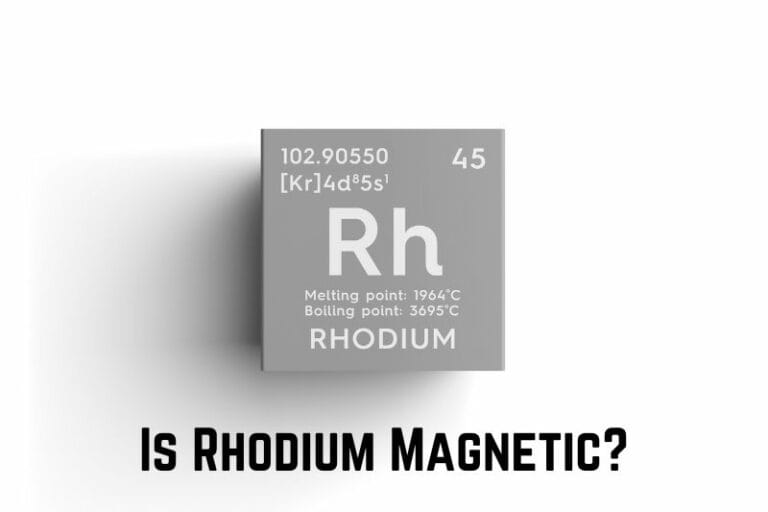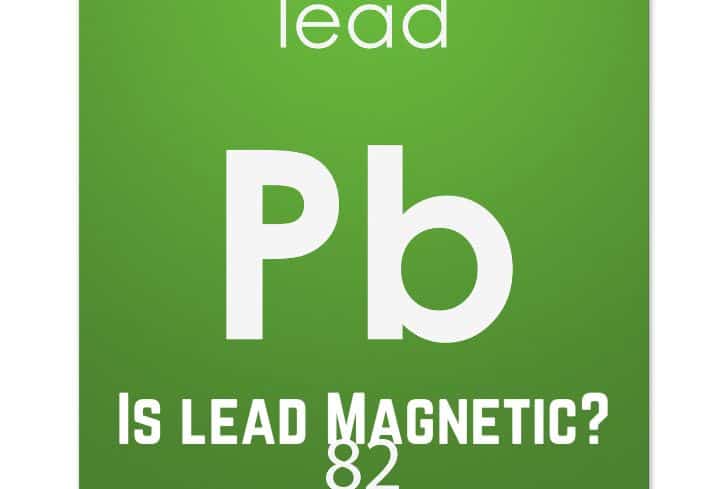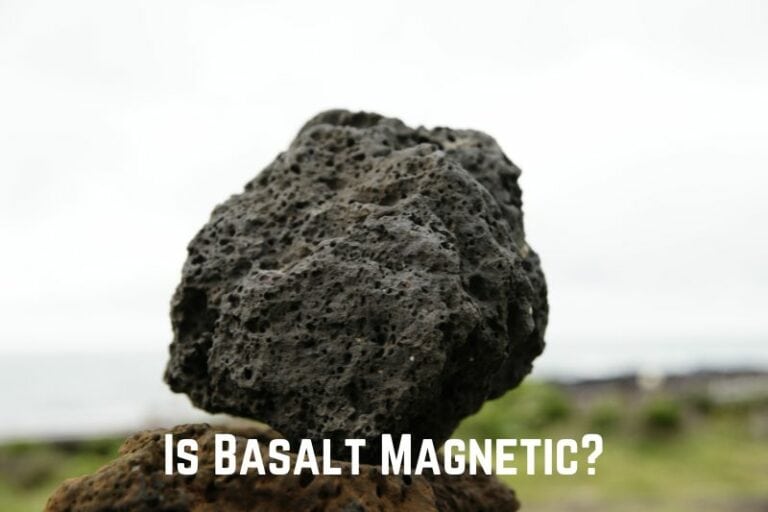Is Styrofoam Flammable?

Bringing some takeout food home is always wonderful, especially if you’re too exhausted to cook. Reheating it in the microwave is all that you need to do. However, have you ever wondered if it is okay to reheat food or beverages in fast food containers, particularly ones made of styrofoam? Is styrofoam flammable?
The following article will answer that question and explain what happens when you burn Styrofoam. It will be interesting to find out if Styrofoam is heat resistant, at what temperature it catches fire, and about its properties and uses. Finally, we share with you some styrofoam alternatives.
Read: Does Styrofoam Absorb Water?
Does Styrofoam Burn?
Styrofoam burns. However, it only burns in a controlled environment. Whether styrofoam burns depends on several factors, including temperature, oxygen availability, and length of exposure to the heat source. The tiny particles that make up styrofoam need much oxygen to burn. In controlled environments like fireplaces, styrofoam will burn quickly. Styrofoam burns slowly in uncontrolled environments due to a lack of enough oxygen.
Polystyrene, a material from the plastic family, forms styrofoam. Styrofoam is highly flammable because it is made of plastic; as a result, keep it away from any heat source, such as fireplaces, electric appliances, water heaters, etc.
Styrofoam is frequently used as an insulator in the construction sector. However, it is recommended to install a flame barrier because styrofoam does burn.
What Happens When You Burn Styrofoam?
Styrofoam releases carbon and trace amounts of water when burned at very high temperatures. In a typical fire, styrofoam also emits harmful pollutants like carbon monoxide. But among the most hazardous substances released by styrofoam is styrene gas. Styrene has been classified as a hazardous waste in numerous states. The Environmental Protection Agency (EPA) lists styrene as a potential carcinogen.
We highlight some of the byproducts that are released into the air once you burn styrofoam.
1. Polycyclic aromatic hydrocarbons
Smoke from burning styrofoam can damage your lungs and nervous system. The dangerous polycyclic aromatic hydrocarbons (PAHs) escape through the smoke into the air. Burning styrofoam produces PAH in its most hazardous form, even though it is an organic compound found in crude oil, gasoline, and coal.
The short-term PAH symptoms are nausea, vomiting, diarrhea, and eye irritation. Cataracts and liver and kidney damage are long-term complications.
2. Carbon Monoxide
Another byproduct of burning styrofoam is carbon monoxide. It’s crucial to remember that carbon monoxide is frequently referred to as a silent killer in homes.
Continuous carbon monoxide exposure can cause organ failure and irreversible brain and heart damage. Carbon monoxide can cause dizziness and fainting in the short term.
3. Carbon black
Styrofoam burning also emits carbon black, a carbon-based substance. A dark, powdery, ashy substance and is only dangerous if you inhale small amounts of it repeatedly in high concentrations. Its dust particles are so minute and easy to breathe in.
Long-term consequences of breathing in carbon black include bronchitis, a chronic cough, and decreased lung function. The short-term consequences include moderate coughing, throat, and eye irritation.

At What Temperature Does Styrofoam Catch on Fire?
At temperatures above 680°F (360°C), styrofoam catches fire. It can self-ignite if the temperature rises above 800°F (427°C). Styrofoam produces a spark that can start a large fire at high temperatures. In cases of excessively high temperatures, Styrofoam explodes. Styrofoam thus poses a fire hazard when temperatures are very high.
Fortunately, reaching such high temperatures with your microwave is impossible. However, it is not advisable to reheat the food while still in the containers because of the hazardous chemicals that styrofoam releases. Not only does styrofoam catch fire fast, but it spreads fire faster.
Is Styrofoam Heat Resistant?
Yes, styrofoam is heat resistant. Styrofoam is composed of a lot of little air bubbles. These air bubbles trap heat, making it impossible for heat transfer to happen. Since styrofoam is lined with aluminum foil on one side, the foil reflects and absorbs heat. A poor heat conductor, air makes up nearly 95% of Styrofoam.
Styrofoam is denser and more capable of withstanding compression because of its solid cell structure. It;s bulk insulation property prevents the flow of heat due to compression. Your fingertips won’t burn when you touch a styrofoam container that contains hot food or drink. Due to its inability to transfer heat, most restaurants use styrofoam packaging for dishes and beverages for takeout orders.
Many people use styrofoam as insulation inside their home walls because of its ability to resist heat. Insulators made of styrofoam keep the air inside the house warm while blocking the entry of cold air from outside.
Does Styrofoam Burn or Melt?
Styrofoam is more likely to melt than burn. However, it eventually burns when oxygen is present and the temperature is high. At temperatures above 212°F (100°C), Styrofoam begins to change shape and melts at temperatures of around 320°F (160°C). Styrofoam burns away completely after igniting and rapidly spreads throughout the exposed surface. Its molecules break down during melting. But oxygen is necessary for burning styrofoam.
Avoid using styrofoam containers inside the oven. An oven’s heating temperatures exceed 212°F–320°F (100°C–160°C). The styrofoam container will deform at temperatures lower than 212°F (100°C). You should also not reheat t food in a microwave while still in styrofoam containers.
Note: You can use specific styrofoam containers that are currently microwave-safe. However, check the label to ensure this is true before reheating your food or drink.
Properties and Uses of Styrofoam
Styrofoam is the extruded polystyrene (XPS) brand name. It is made up of styrene, which is a petroleum-based product. Extruded polystyrene is more resilient than expanded polystyrene(EPS) because of its closed-cell structure. During the second world war, Ray McIntire discovered styrofoam while looking for a flexible electrical insulator.
Styrofoam has numerous properties, and we highlight them in the table below:
| Styrofoam Physical Properties | Styrofoam Chemical Properties |
| -Thermoplastic: flows as a liquid at high temperatures but is solid at room temperature. | -Chemically inert: does not react with the majority of substances. |
| -Insulator: Limits heat transfer due to the trapped air bubbles. | -Highly flammable: giving off carbon particles. |
| -Lightweight: 95% air. | -Soluble: it dissolves in some organic solvents such as acetone. |
| -Shock absorber: protects the item. | -Chemically stable: carbon-carbon double bonds are transformed into less reactive single bonds. |
| -Moisture resistant: closed cell structure that is slow to absorb water. | |
| -Durable: does not deteriorate with age. | |
| -Versatile: It is simple to shape and cut to fit any application. |
Learn more about chlorofluorocarbons.
Uses of Styrofoam
Styrofoam has applications across many industries because of its properties. Below are some of the uses for Styrofoam.
- Medical: Styrofoam is often used in many medical devices due to its ease of sterilization. Petri dishes, tissue culture trays, housings for test kits, test tubes, and diagnostic components are a few examples.
- Automotive: Airbags, seat covers, energy-absorbing door panels, armrest pads, child safety seats, gas tank pads, and instrument panels are just a few examples of items made from styrofoam in the automotive industry.
- Electronics: Styrofoam is ideal for making housing and electrical casings due to its poor electrical conductivity.
- Packaging: Styrofoam is also used widely in the food packaging industry. Packaging materials made of styrofoam are in use to protect consumer goods like meat/poultry trays and egg cartons. Styrofoam is used for CD and DVD packaging.
For any product, Styrofoam offers a high level of padding and protection. It is, therefore, the most widely used packaging for those who want to ship goods.
- Appliances: Several of your home’s appliances, such as refrigerators, ovens, blenders, and vacuum cleaners, are made from styrofoam. Most manufacturers prefer styrofoam because it is durable, non-reactive, and affordable.
Alternatives to Styrofoam
Although Styrofoam is helpful, most cities have banned its use. Styrofoam does not break down biologically. It releases hazardous chemicals into the food when heated. Styrofoam releases harmful air pollutants into the atmosphere when exposed to the air. It pollutes landfills in addition to harming the ozone layer. As a result, the majority of people prefer using alternatives to styrofoam.
Here are a few alternatives to styrofoam:
- Molded fiber/pulp: 100% recycled paper is used to make the fiber. It is mainly used to package wine that requires additional insulation.
- Corrugated fiberboard: The board is created by bonding or gluing many layers of paper together. It is formed from corrugated cardboard and one or more flat sheets of paper.
- Corn-based packaging: Corn naturally decomposes because it is a natural material. The term biodegradable packing peanuts is sometimes used. They can be composted and recycled, which will reduce pollution from plastic.
Corn can be cultivated quickly and is also renewable. Meat, groceries, and eggs can all be packaged with corn-based packaging.
- Biodegradable foam: There is biodegradable styrofoam made from sugar cane processing. It degrades quickly, controlling carbon emissions in the environment.
- Paper board: Mainly used for shipping boxes and food packaging. Despite being composed of recycled paper, the board is significantly thicker and stronger than regular paper.
Conclusion
Styrofoam is highly multifunctional and offers top-notch properties. But when exposed to heat, it becomes flammable and deforms. However, it is heat resistant.
There are enough reasons to choose alternatives to styrofoam when you consider how flammable it is and the harmful byproducts it produces. Paperboard, molded fiber or pulp, biodegradable foam, corrugated fiberboard, and packaging made from corn are some alternatives to styrofoam.

